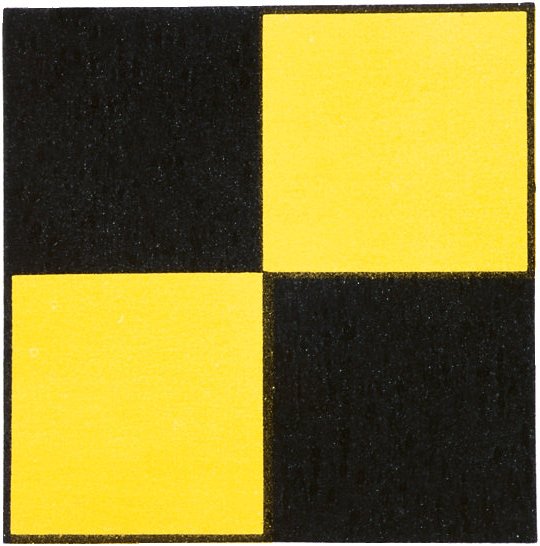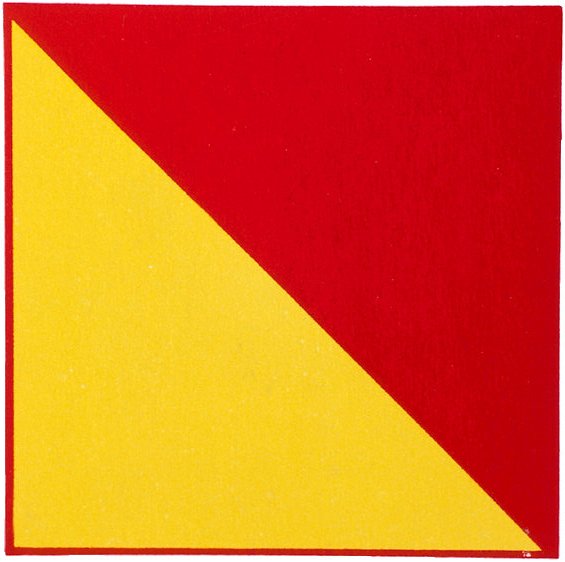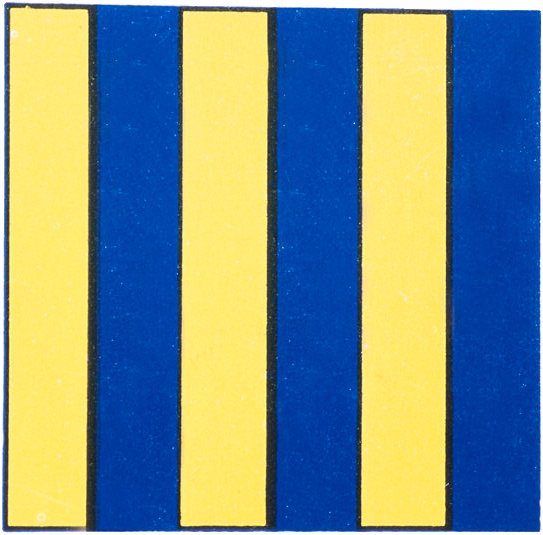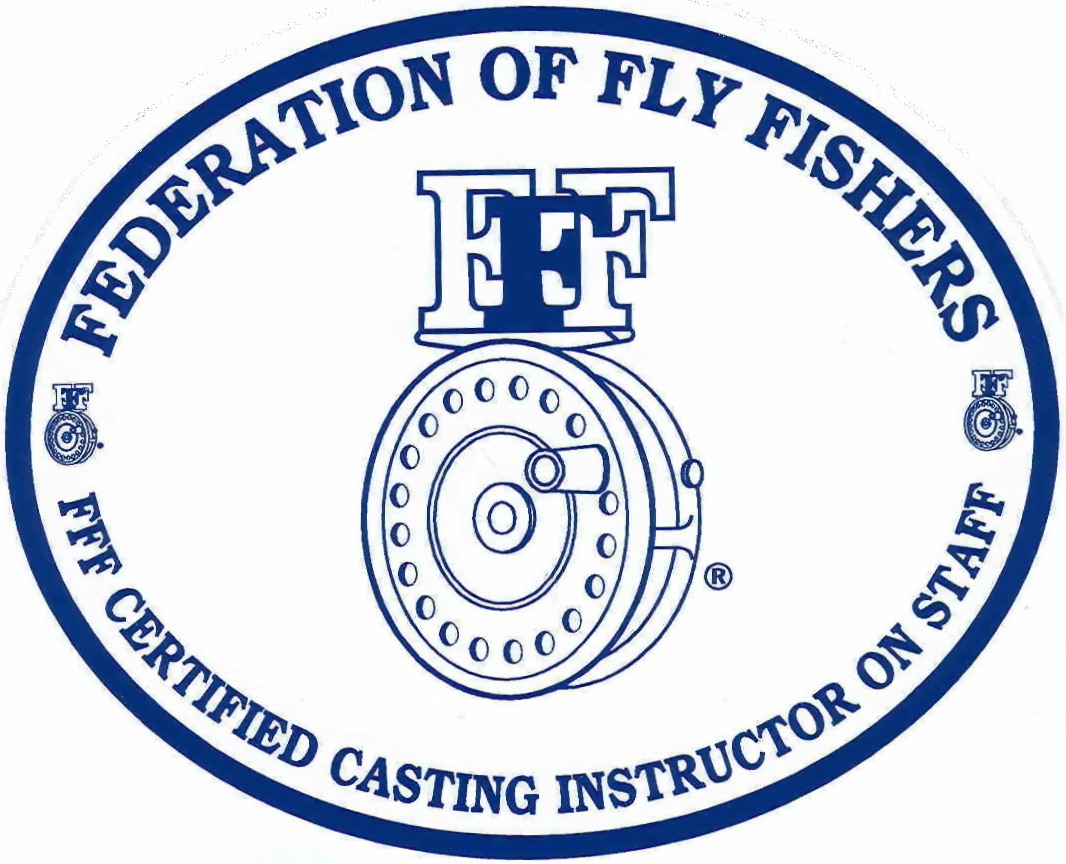Musings... and a Trade Secret for the May/June Worm Hatch
by Captain Jim Barr on 09/14/16
It was an early May in the late afternoon, probably twenty years ago when I first started fly fishing the Rhode Island Cinder Worm emergence. I didn't guide then, and for most of my saltwater fly fishing I wade fished, rather than fishing from a boat. One of my favorite spots was Ninigret Pond in Charlestown, RI. I still fish in Ninigret, but now it's 100% from a boat and most of the time I'm guiding. The Grassy Point area of the pond is easily accessible by car combined with a short walk to one of the better coves in the eastern end of the pond. In those days the drill was to get to the pond no later than 3:30pm basically any day from about the end of the first week in May to about mid June. You can still fish the worm hatch from this location but as you near the end of May, the worm "hatches" as we call them, mostly happen at some distance from the Grassy Point area- that's pretty much still the case.
 | |
1964- Lunenburg, MA |
I'll digress a bit... I often fished solo then and even today when not guiding I still enjoy going alone, I don't know why, it's not that I'm anti-social, far from it actually, but it's just something in the genes that drives me to seek privacy when I fish. As a kid I would often fish alone, sometimes not returning home in my rowboat until way past dark on Hickory Hills lake where we lived... I would always be worrying my parents when I wasn't back by dark, and be reminded of that too frequently. No such thing as calling in from a cell phone to advise that all was well and that I was making my way back.
Anyway back to Ninigret Pond thirty-two years later. The worm hatch is very much a top water game. I still refer to it as the closest thing a fly angler can get to dry fly fishing in salt water. In 1994 the worm hatch was far less popular than it is these days. You pretty much knew most of the anglers you encountered there, most were from Rhode Island. Many of us were good friends who had migrated part time from fly fishing in freshwater for stocked trout. We still loved wading fresh moving water, but there was this allure of catching much stronger fish, ocean fish, using our heavier weight fly rods. Some of us had 8-weights because we used them for fishing for largemouth bass, some even had 9's for those who journeyed north to fish New York's Salmon River for steelhead or and to New Brunswick to fish the Miramichi for atlantic salmon.
The patterns we used to fish for stripers in Ninigret Pond during the worm hatch were pretty much home-developed and for the most part, untested. Most of us were freshwater fly tyers, fairly creative, and in some cases, very talented. We could with ease replicate what we thought to be reasonable facsimiles of the cinder worms we saw swimming in the pond. One day I stumbled across a cinder worm pattern at the Fin and Feather flyshop in East Greenwich, RI, a shop owned by a couple of good friends. "The Fin", as we called it, was a place where many of us would stop by on a Sunday morning, shoot the bull, sip coffee, watch an 8-track fishing video on the TV above the fireplace, and to catch up with one another on our fishing successes, what was hatching and where, and to learn the latest about each other's family and careers. It was a very warm and genuine place where no one was an expert and people were a hell of a lot less bossy and disrespectful than today. I miss that place and those days.
 | |
The real deal |
This is becoming a ramble, sorry. Let me get back to the point of the article which is to offer a tip on fly fishing the Rhode Island Cinder Worm hatch. One particular day at The Fin, I found a pattern in their fly bin, the Page Rogers Cinder Worm. It was a very odd looking thing, bright red in color, tied with what looked like a decorative velvet tubing that you'd see on a couch cushion or stuffed chair. It was mounted on a 1/0 stainless hook and had a dark head made from either black or dark green chenille or maybe it was iridescent peacock herl. I had never heard of Page Rogers but after I bought a few of these baubles, I looked her up and a year later actually arranged her to present at the United Fly Tyers of Rhode Island, a fly tying club I started with a couple of friends, a club that was authorized by the original United Fly Tyers of Boston. Anyway, I added these weird looking flies to my saltwater box and used them one particular night fishing the worm hatch in Ninigret Pond.
 | |
Page Rogers Cinder Worm |
I was fishing alone that night. Bass were really chowing down on a solid worm hatch that was unfolding right in front of me. They were slurping on the pinkish/tan colored naturals. I was trying what seemed like every pattern in my meager collection, attempting first to catch fish on my flies...without a heck of a lot of success even though, TO ME, my patterns looked remarkably like the real deal.
A hundred yards to my left, down the beach at Grassy Point were two fly anglers who were absolutely slaying the bass, one after another, hooting-hollering-laughing. I was jealous, perhaps a bit insulted, and nearly at my wits end. Then I remembered the Page Rogers pattern made from that bright red couch piping. What the hey, I tied it on, and in short order caught a bass, and another, then another- maybe fifteen minutes between each take. But those guys just down the beach from me, were hooking up on every other cast. WTF were they using?
In those days we often fished into the night, wanting to eek out that last take before reeling up and making the fifteen minute trek back to the car, to get out of Ninigret Park before the 9:30pm curfew, when the park ranger locked the gate. It was time to go. The anglers to my left were ahead of me by a few minutes so I had to hurry to catch up with them to try and find out what pattern they had been using. I had to know. In short order and panting from being out of breath, I caught up with them and with my tail tucked firmly between my legs, begged to learn their pattern. I was sweaty, out of breath, and desperate. They were well groomed, cool, and somewhat pompous donning their Orvis wear. I must have looked pathetic, but I didn't care. I was just short of going to my knees to implore them to give up there secret fly. They were "Connecticut shrewd", probably corporate insurance geeks (like me). They first asked to see what I had been using- I gladly showed them my bright red Page Rogers couch fly, a small and humble price to pay for the key to their Holy Grail. They snickered to one another, pulled from their flybox a fresh Page Rogers couch fly... in TAN!
Another (inaudible) WTF! on my part... One of them smiled and in what I perceived as somewhat of a descending manner, told me they start out with the same red version, but dip it in a solution of Chlorox bleach and water morfing the worm into something ranging from pink to tan. The longer the fly remained in the chemical bath, the more tan it became.
That was It!... a mere subtle color variation!...everything else the same. Bright red vs. bleached to pink and tan, the difference between world class catching and my struggle.
Since then, my go-to pattern for fishing the cinder worm hatch is the "Page Rogers Bleached". For me, it outfishes by a clear margin every other pattern I have experimented with in the twenty plus years of fishing the cinder worm emergence. Whodathunkit?
Water, hooks, peacock herl, thread, Goop, and Chlorox bleach are all easy to find... bright red velvet tubing is not. On scrap furniture collection day in Newport and when local colleges let out for the summer and students trash their dorms and apartments of beat up furniture, I can be found cruising city blocks and campuses scouting for bright red couches with velvet tubing trim. There's a method to this madness.
 |
2014- Charlestown, RI |
The following YouTube video takes you through the tying process of my version of the Page Rogers Cinder Worm fly. I start out with bright orange velvet tubing for this pattern. It's best to first bleach a length of the tubing (assuming you can find it) before you tie the pattern. The original bright red fly can still be found if you look hard. My recommendation is if you do find them, strip off the head material, then bleach the fly, then retie the head so it's dark, close to the coloring of the real worm. Alternatively, if you bleach the fly with the dark head, you will have to use a black or dark green Sharpie to recolor it appropriately.
 | |
Wine not Cinder Worm |

Comments (0)





